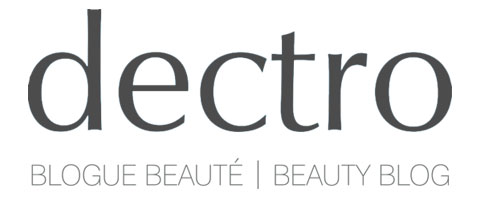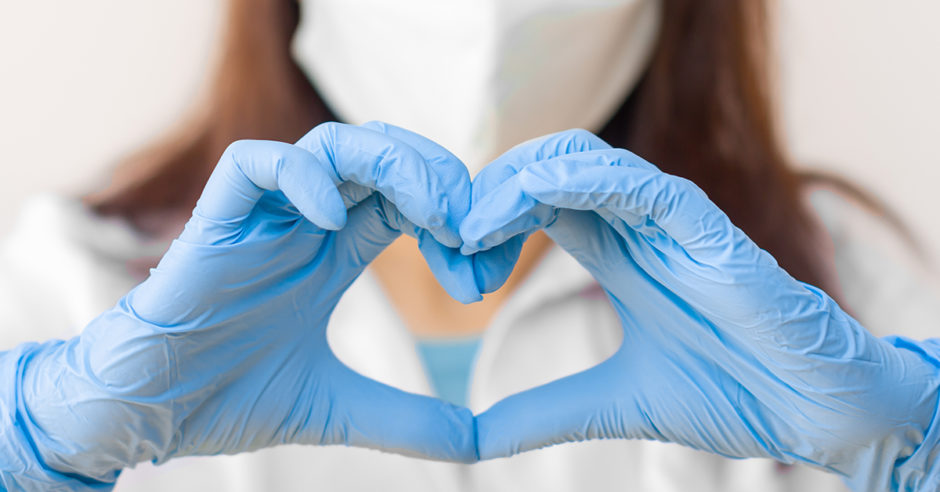Asepsis. This word rings a bell to you? It is a preventive method to avoid the contamination of an area or surface by foreign micro-organisms. It gained in importance in the last few years in electrolysis and aesthetics salons to fight against bacteria, microbes and viruses of all kinds. The new reality where physical distancing and sanitary rules are part of daily precautions makes hygiene a priority during hair removal treatments.
Hygiene Rules to Follow at All Times
We cannot repeat often enough how important it is to frequently wash your hands with soap and water for at least 20 seconds, especially between each client. An antibacterial hand soap for professional use like BactiNet, which contains chloroxylenol, is ideal for effective hand cleaning. Enriched with emollients to moisturize the skin such as aloe, glycerine, lanolin and vitamin E, it produces a rich and abundant foam that protects against harmful external factors. When water and soap are not available, an alcohol-based disinfectant should be used. Doubles as a hand rinse and a preparation skin care for hair removal treatments, BactiRince antibacterial lotion kills the germs present between regular washes while softening the skin thanks to its formula enriched with aloe. Once your hands are clean and disinfected, you must put on a new pair of gloves at the beginning of each treatment and dispose of them immediately after, making sure to wash your hands thoroughly afterwards.
Whether you believe you are sick or not, you should always cover your mouth and nose with your elbow when coughing or sneezing. If you use a tissue, throw it away as soon as possible and wash your hands. At all times, try to avoid touching your eyes, nose and mouth to stop the spread of microbes. In addition, a visor and/or a disposable surgical mask should be worn during close contact with clients. The screen of the Opti-Vizion camera can also be very useful for electrolysis treatment. It does not replace the visor and the mask, but its vertical position facilitates the work of the electrologist more than a magnifying lamp.
Incorporate Physical Distancing Measures to Your Practice
Incorporating additional measures to protect the health of your team and clients will only help your salon. Do not hesitate to ask questions about a client’s health when confirming its appointment by phone. Ask your clients to stay home if they have symptoms such as cough, fever or difficulty breathing. During a pandemic, you should not treat clients coming back from a trip or that have been in contact with someone who has travelled in the last 14 days or has symptoms.
Alternative methods like phone consultation and contactless card payment can be put in place to make your practice safer. Also, limiting the number of clients present in your salon at the same time and avoiding direct greeting contacts such as hugs and handshakes help reduce the risk of microbes spreading.
Prioritize Single-Use Products
For health and safety reasons, single-use equipment should be used when available and is mandatory in some cases. It includes single-use electrolysis probe that must be discarded after each treatment and Pro-Tec new protective caps for probeholders. Indeed, the conventional plastic cap installed on the electrolysis probeholder can become a source of potential cross-contamination when it is in contact with cell debris, interstitial fluid or even the client’s blood during a wrong insertion.Decontamination is then necessary and requires debris removal and a sterilization procedure, which may be ineffective between two clients. In addition, several studies show that the cleaning prior to sterilization is not sufficiently effective in the internal parts of this cap due to their limited accessibility. The Pro-Tec single-use protective cap is a simple, efficient and hygienic alternative solution to minimize direct or cross-contamination while presenting superior benefits to conventional caps. Pro-Tec disposable caps and single-use probes provide peace of mind to both you and your client, while making you save a lot of sterilization time.
Disinfect Surfaces
Your workspace should always be clean and well lit. Do not forget that the professional quality of a treatment is not only in its execution, but also in the excellence of the hygiene conditions that surround it. Before and after each client, remove dirt and debris from surfaces. Then wet them well with a ready-to-use disinfectant solution for surfaces such as BioTEXT, BactiSurf or PREempt RTU. Wait 3 minutes to allow the disinfectant to neutralize the micro-organisms before wiping with a clean cloth. Some companies also offer a practical wipe version.
Sterilize Reusable Instruments
Once surfaces are disinfected, it is time to sterilize instruments. Between each use, clean the instruments with water, detergent and a brush, then rinse with water and dry completely. For an even more effective cleaning, we recommend using a 35KHZ ultrasonic bath which allows accelerated and in-depth cleaning of professional tools by the mechanical effect of ultrasonic waves. Once thoroughly cleaned, immerse them completely in a soaking tray containing a sterilizing solution like PREempt CS20 or Bacti28+ to destroy pathogenic micro-organisms. After the recommended soaking time, rinse tools with water and allow to air dry or dry with a clean cloth before storing in a clean and closed container or in sealed bags to protect them from possible contamination until their next use. Another alternative is autoclave sterilization, a method used in large institutes, schools and hospitals. In less than 30 minutes, Prestige electronic autoclave sterilize instruments by increasing the pressure inside the container with a temperature of up to 126 °C.
Various products are available on the market to meet your needs, whether it is for hand cleaning, skin preparation or disinfection and sterilization of instruments and surfaces. Hygiene must be an integral part of your practice and your salon for the health and safety of your clients and your team, as well as yours. Remember that we all have a role to play to ensure asepsis.








No Comments